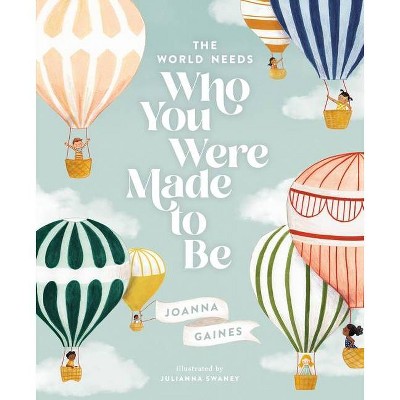Russian Fractals in Indigenous Artifacts - (Anthropology) by Abdul Karim Bangura & Leonid A Zhigun (Paperback)

About this item
Highlights
- This book is the first comprehensive work on Russian Fractals in indigenous artifacts.
- Author(s): Abdul Karim Bangura & Leonid A Zhigun
- 542 Pages
- Social Science, Anthropology
- Series Name: Anthropology
Description
Book Synopsis
This book is the first comprehensive work on Russian Fractals in indigenous artifacts. While existing works focus on universal phenomena, such as liquid crystal or finance, none explore the intersection between Fractals and Russia. 'Russian Fractals in Indigenous Artifacts' therefore investigates how indigenous Russian cultures have a wonderful Fractal heritage that was originally tied to socially just and ecologically sustainable social practices, including those of indigenous northern groups such as the Yakut. Fractal designs originally allowed unalienated value, both human and nonhuman, to be visible, thereby enabling just and sustainable living. This book also examines how the tsarist elite encouraged the creation of unique creative masterpieces, developing and strengthening traditional crafts and art of indigenous people-hence, Fabergé, or imperial architecture.
Today, the challenge for contemporary Russia is to reestablish the relationship between the social and ecological sustainability of indigenous cultures and practices, for which we can now provide modeling and analysis. Lay attempts at this have only limited success, as they have based the attempts on a purely religious basis, which recognizes the ecological aspects but often succumbs to authoritarian nationalism. However, the freely accession of indigenous peoples to Russia for the sake of national liberation has had a positive effect on enriching them with spirituality and creativity by Fractal artifacts through friendly exchanges with one another. In 'Russian Fractals in Indigenous Artifacts, ' Bangura and Zhigun express why there is a need for a forward-thinking Fractal renaissance in Russia, bringing together contemporary computational and scientific analyses with these ecologically and socially sustainable traditions.
Review Quotes
The two fields of fractures, in mathematical literature and Russian ethnography, appear to be unrelated. Yet it is remarkable that these two fields are combined in a single work in a way that gives insight to applications in both fields. The result is a unique and interesting interdisciplinary book encompassing both fields.
Prof. Dr. Walter W. Hill Jr.
St. Mary's College of Maryland
This is a gem! The clear, engaging and well supported research provided by the authors will transform the field for generations!
Prof. Jane Martin
Winston Salem State University
This great work from esteemed scholars Abdul K. Bangura and Leonid A. Zhigun's enlightens and inspires us to go beyond the visual aesthetics of Russian design. Their masterful efforts not only teach us how to read between the lines, but how to recognize and understand deeper interwoven aspects of Russian culture. Little did I know I would become more cognizant. I now see the majestic domes of Saint Basil's Cathedral as Russian ballerina dancers effortlessly and gracefully performing for all to enjoy. Великолепный!!
Dr. Gerald K. Fosten
The African Institution, Washington DC





